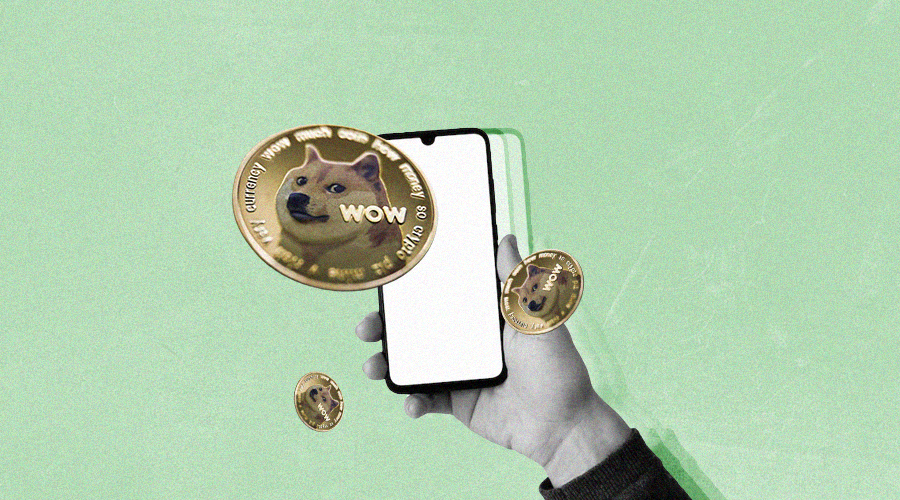 How social media influences the memecoin industry, their prices and trends.
How social media influences the memecoin industry, their prices and trends.
Memecoins have become extremely popular, garnering enormous attention and seeing unheard-of price increases. They differ from conventional cryptocurrencies in that they rely heavily on social media channels for advertising and the ensuing frenzy that results. Memecoins are cryptocurrency that, as their name implies, are mostly based on internet culture or memes. They often become well-known through online memes and trends that spread quickly across different social media platforms. Dogecoin, which began as a joke in 2013 but has now amassed a devoted fanbase and a sizable market value, is one of the first and most well-known memecoins.
Memecoin buzz has thrived on social media sites including Reddit, Facebook, Twitter, and TikTok. These platforms enable individuals to communicate with a large audience and exchange ideas, material, and investment advice. A memecoin may quickly turn into a social media craze when it attracts the attention of powerful people or develops popularity in online groups. It is impossible to overstate the impact that social media sites have had on memecoins. They provide a climate in which trends can emerge and take off quickly, sparking an increase in demand and eventual price gain.
Retail investors frequently go crazy when a memecoin acquires popularity on social media. People experience FOMO, or the Fear Of Missing Out, when they see other people swiftly and significantly outpacing them. As a result, many individuals rush to purchase memecoin in an effort to cash in on the excitement and make a quick profit. There are hazards involved with this behavior. Memecoin demand is frequently driven only by speculation and lacks basic worth. Investors are prone to getting carried away in enthusiasm and ignoring risk factors and conventional investing practices. Some people, however, are able to generate large earnings. Social media frenzy can cause significant price increases for memecoins. These price increases frequently lack any reasonable basis and are unrelated to underlying fundamentals. High demand, a little supply, and speculative trading can come together to produce a perfect storm that pushes prices to unheard-of heights. Memecoins’ volatility, meanwhile, has two disadvantages. While some investors profit from the price increases, when the bubble inevitably collapses, other investors incur severe losses. Additionally, the market corrections that come after such increases can be abrupt and severe, forcing investors to quickly sell their positions.
Africa has benefited from the growth of meme currencies thanks to Twitter, Instagram, and TikTok. Meme coins successfully employ viral marketing techniques to attract attention and spur interest. Desmond Mandlia, a South African teacher, became a billionaire via the use of social media, for instance. Mandela invested $10,000 in Dogecoin, which thanks to WallStreetBets subreddit group, TikTok challenges, and celebrity endorsements, increased to $1.8 million. Mandlia is currently working on Pikamoon, a Play-2-Earn (P2E) cryptocurrency with meme influences. By utilizing social media buzz and positioning themselves as early adopters in the community, many Africans want to imitate his success. As a result, social media platforms encourage amusing and engrossing meme coin content, altering the investing landscape and attracting more fans in African nations.
Social media networks make it possible for people with similar interests to connect and form communities, which increases the attraction of meme coins in African nations. These groups gather together around the shared philosophy or humor of meme coins, fostering a feeling of excitement and connection. African nations have embraced meme currencies to participate in the global cryptocurrency revolution and celebrate the meme culture thanks to their expanding online communities. Building communities around crypto assets has been sparked by often sharing memes on WhatsApp status. As an illustration of the thriving meme coin communities, consider Facebook groups like Meme Coin Bullish and Legit Only MEME COINS ONLY & shit-coin TALKS. On these networks, crypto meme enthusiasts interact, share, and immerse themselves. As a result, these organizations utilize social media to advertise meme coins, create their story, and have an impact on their acceptance throughout the continent.




